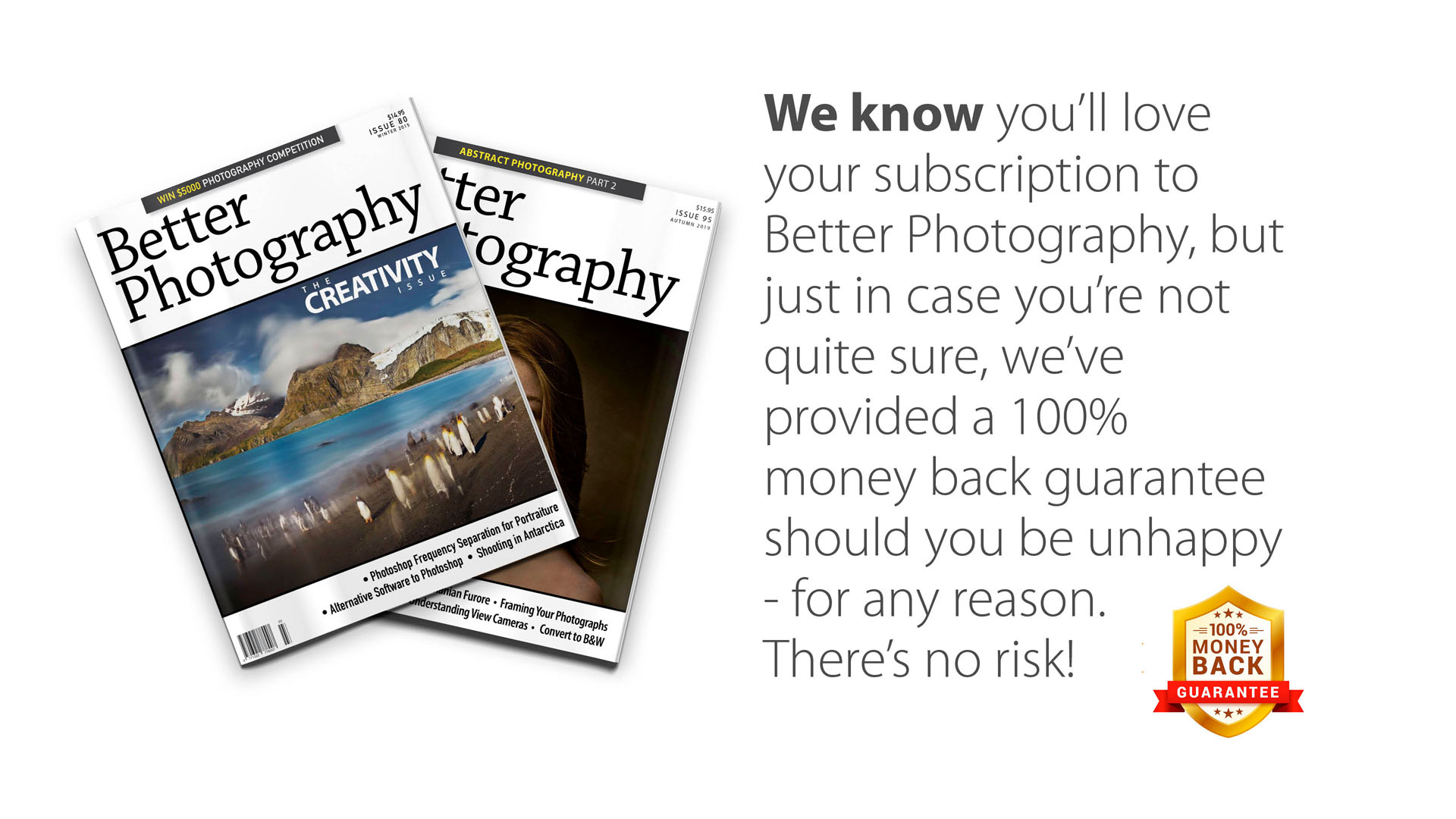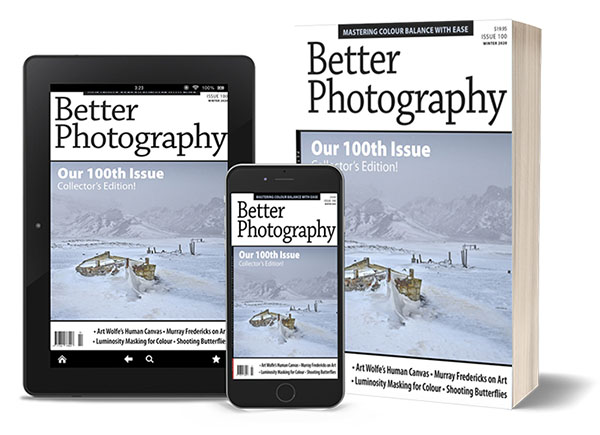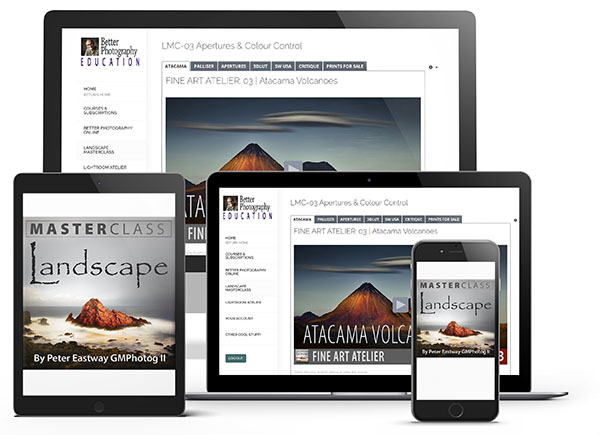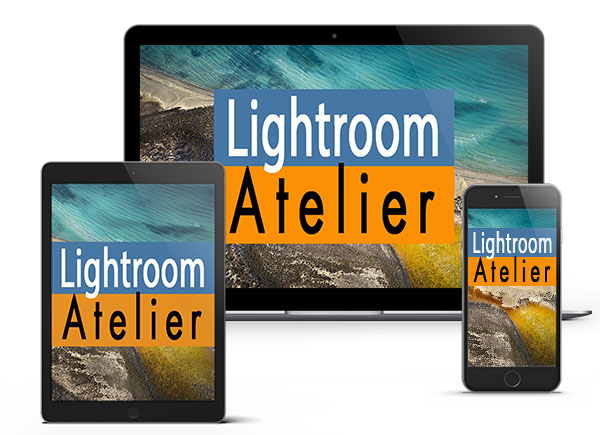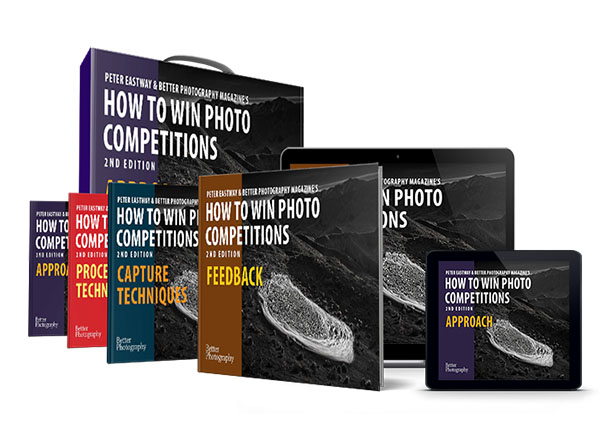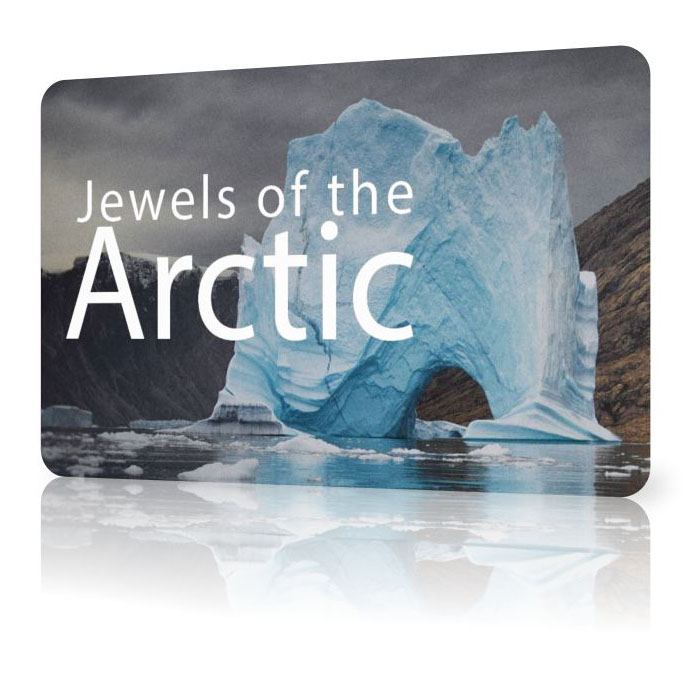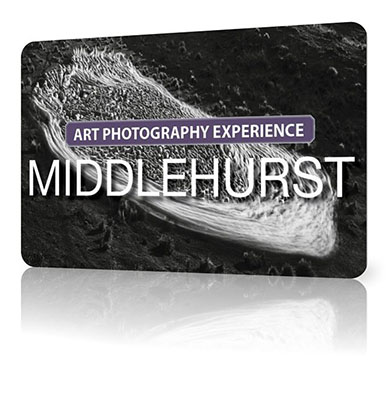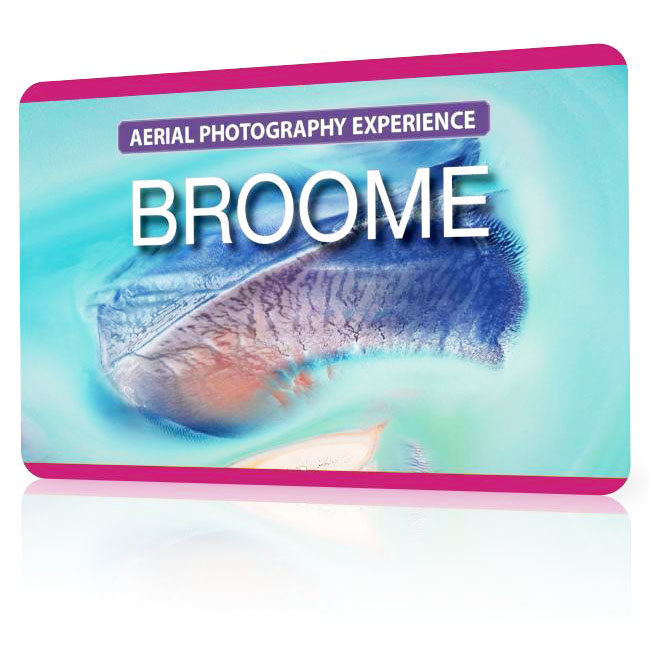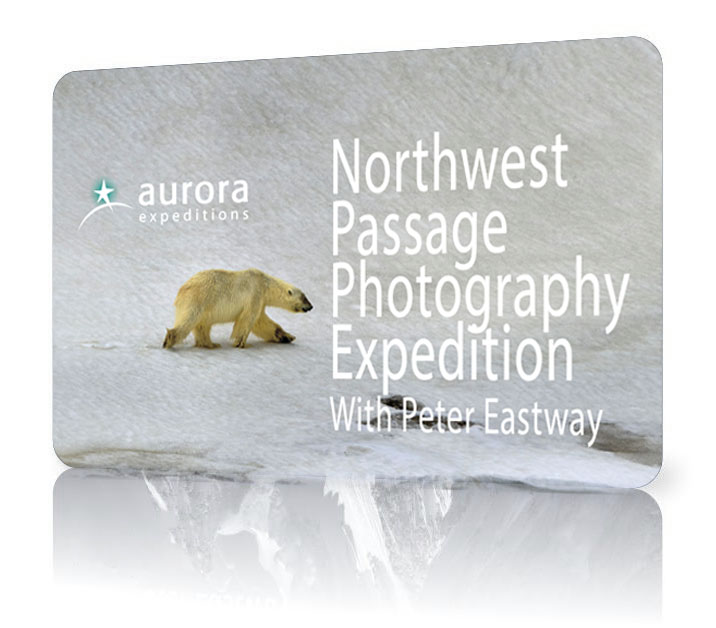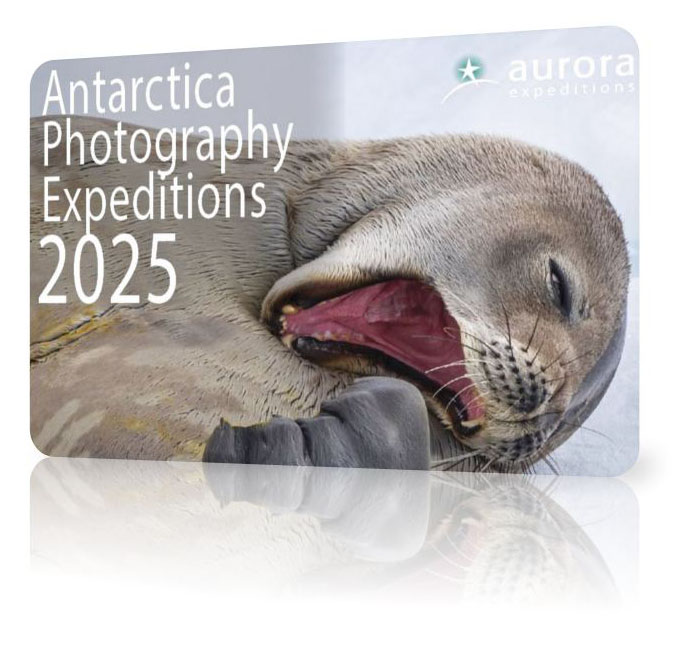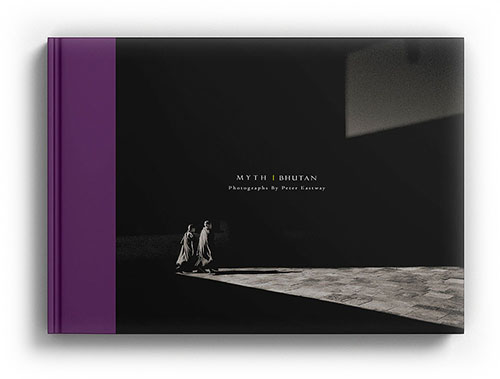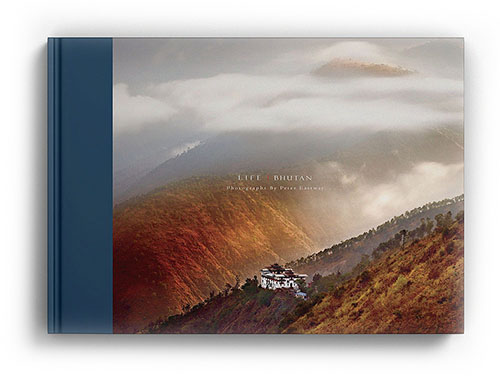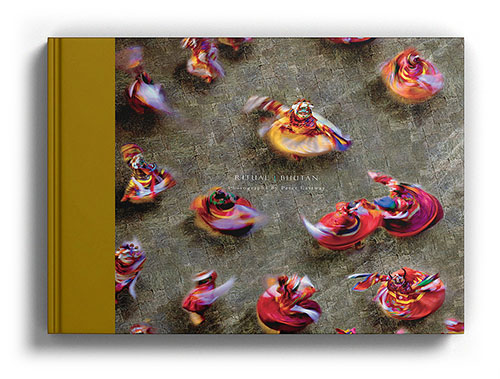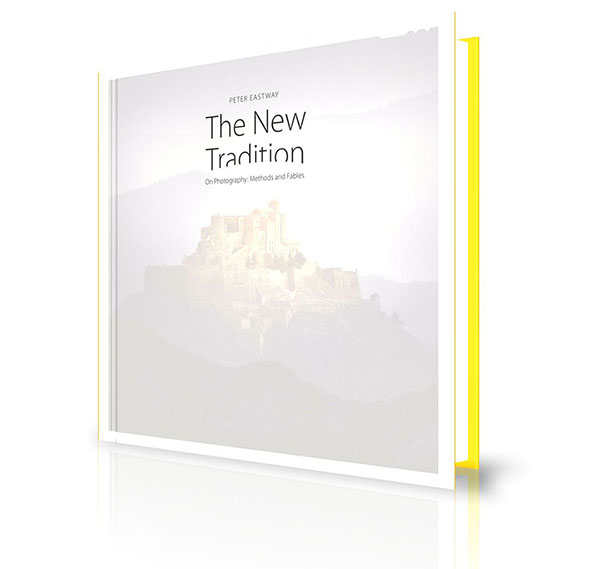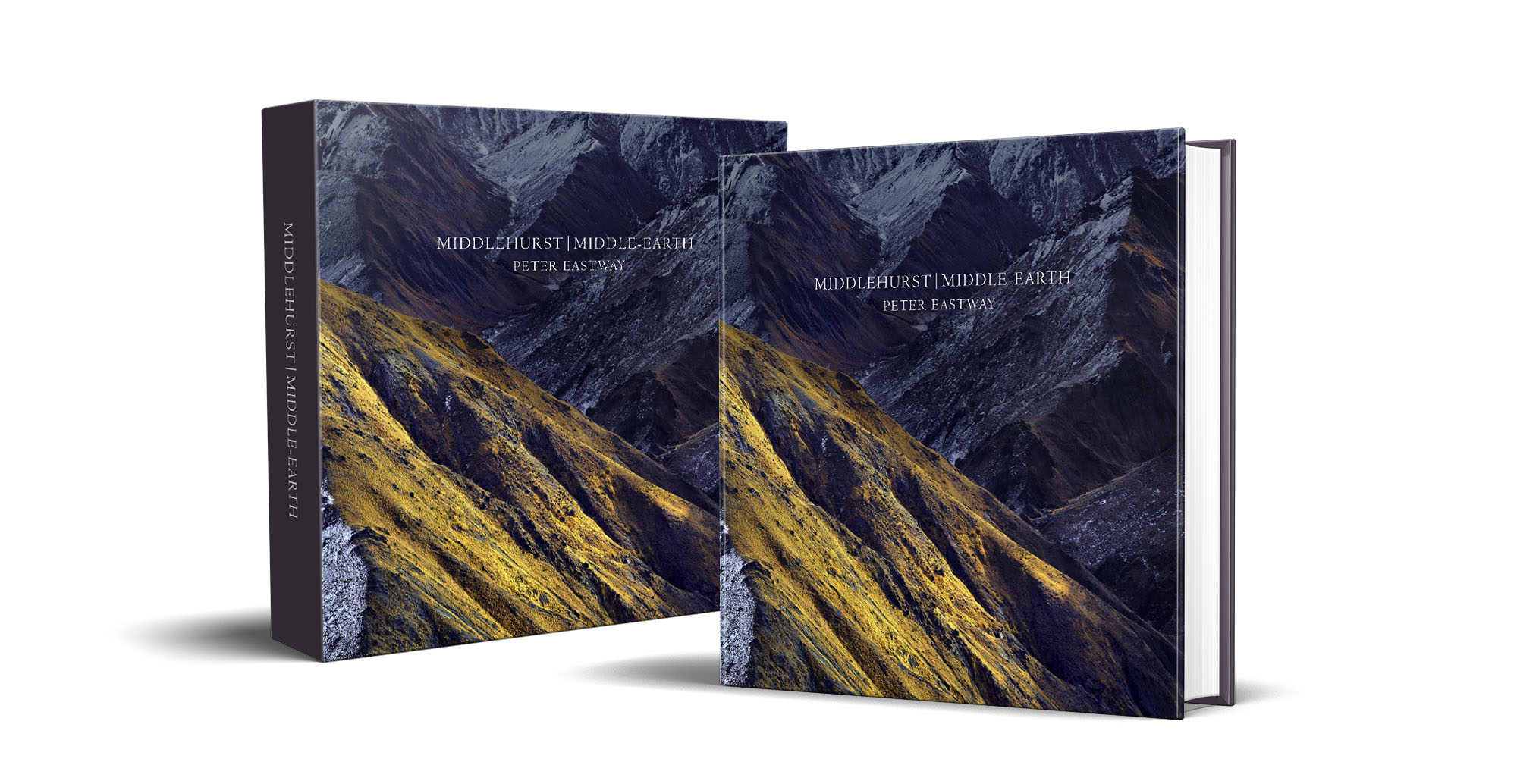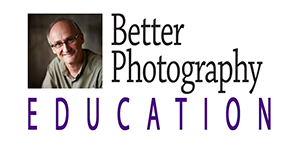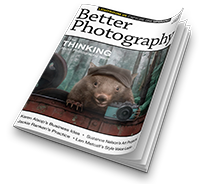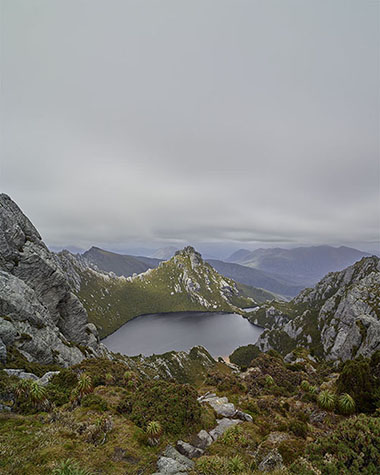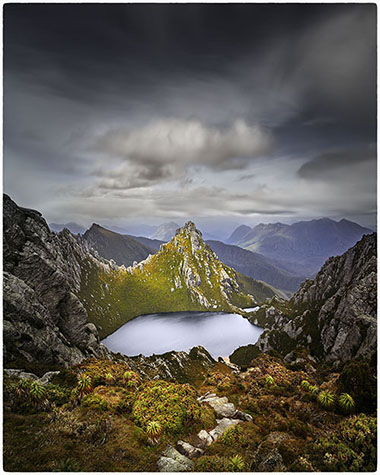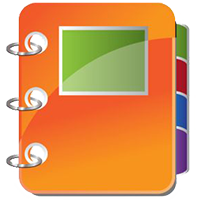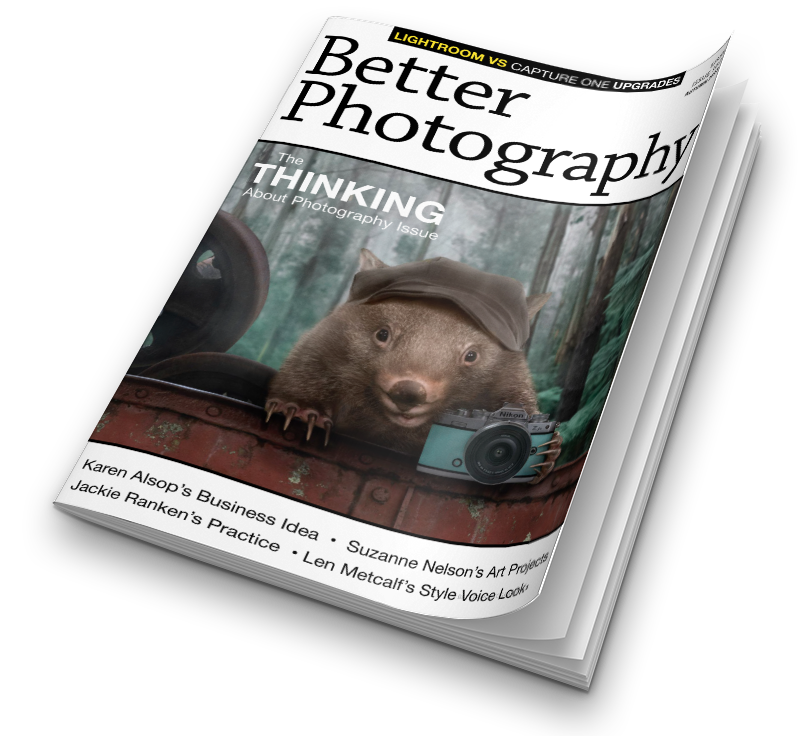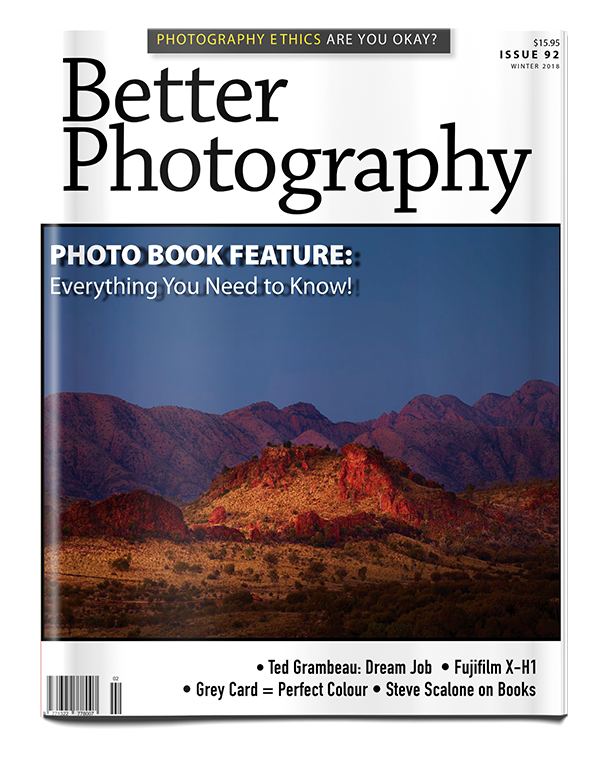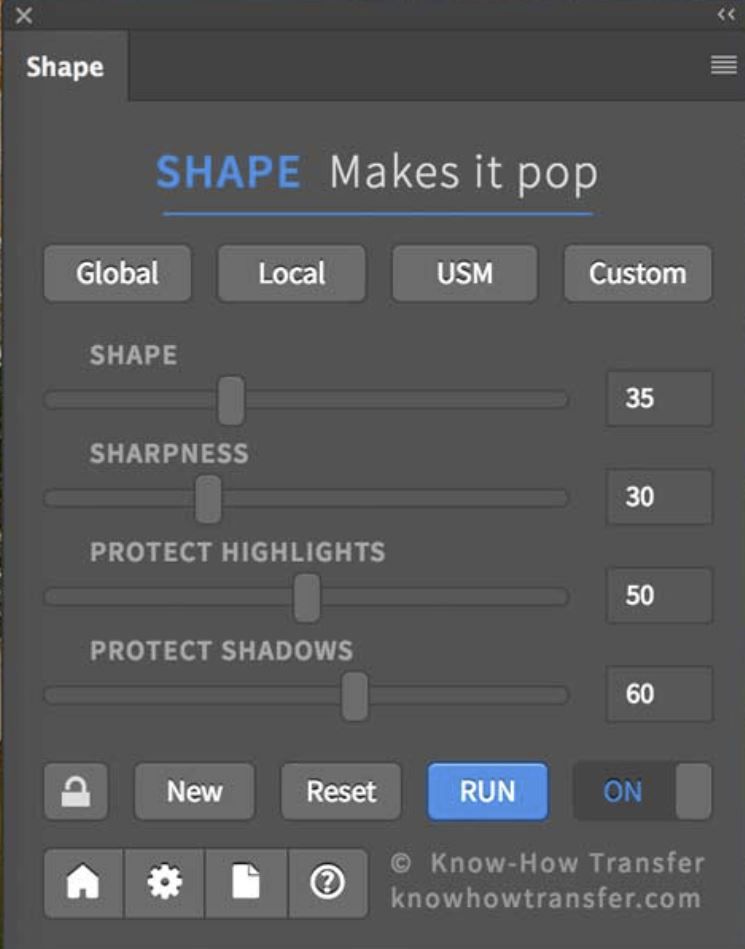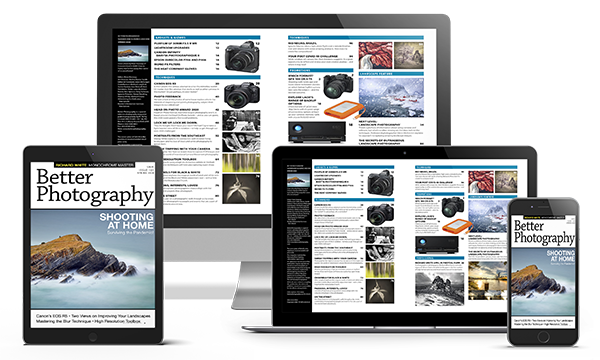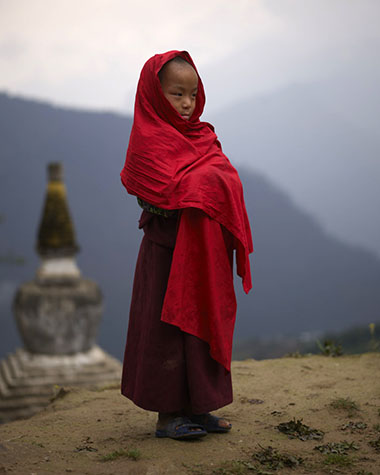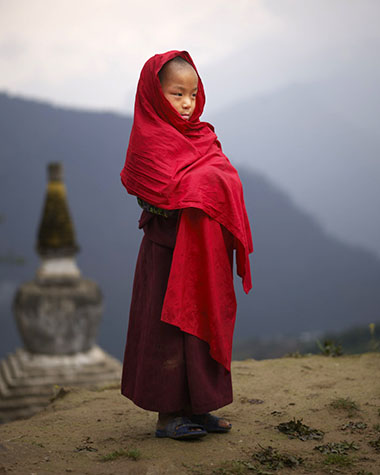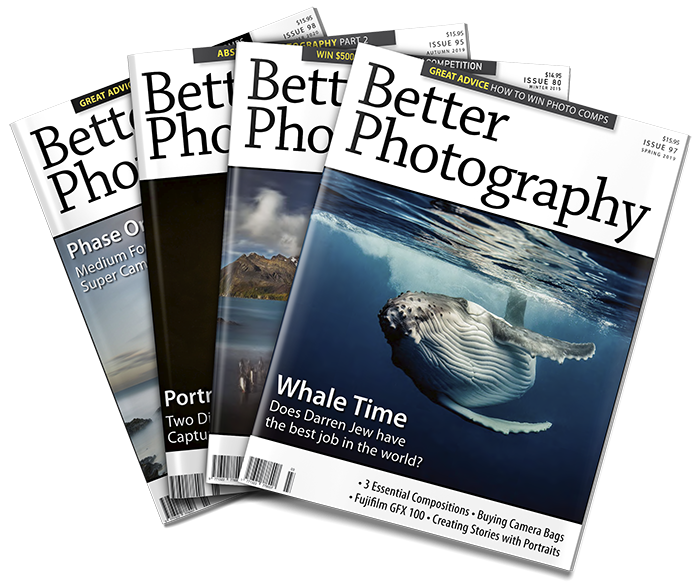First, we need a source of ideas. All the equipment in the world will get us nowhere without ideas. Ideas are our energy source. Ideas make great photographs.
Second, we need to embrace photo editing. Learning selective editing is the key to creating photographs that you'll be proud of and that others respond to.
Third, we need a mentor. The most famous artists and photographers in the world all benefitted from advice. Yes, photography is an individual pursuit, but how do you know if what you're doing is any good? Only a mentor can give you this essential feedback.
1. We're Full of Ideas!
Maybe you're tired of Google and YouTube, aimlessly looking around for what you're not quite sure? Or perhaps Facebook and Instagram are leaving you confused about what makes a good photograph and how to create it?
Now, don't get me wrong. I use Google and YouTube, but the extra value of carefully selected content in a quarterly magazine like Better Photography shouldn't be overlooked.
You only need one idea from each magazine to make the subscription worthwhile. And there are thousands of ideas tucked away in the Better Photography magazine archives, available to download for all subscribers.
Chances are you've recently bought a new camera or lens, or perhaps it's a monitor or a processing app, but what did they do for you on their own? The ONLY reason equipment and techniques are useful is because of the ideas you use as a photographer - and that's what Better Photography provides.
2. Selective Editing
Selective editing is the single most important skill a photographer can learn today. It lets you express and refine your ideas.
'Global' editing is what our cameras do. When they take a photograph, everything within the frame receives the same global settings, even if the sky ends up too light or a person's face is too dark.
I'm well known for embracing post-production in my work, but I am also criticised for 'changing' or 'enhancing' reality by photographers who call themselves 'purists' or 'realists'. These misguided folk are our enemies. No one is forcing them to edit their photos if they enjoy the discipline of capturing everything 'in-camera', but I don’t think it is acceptable to criticise others who wish to be more adventurous and express their creativity through photo editing.
For me, post-production is just as important as the capture. Photography is a two-step process and depending on the subject, I get to decide how much or how little post-production is best.
And with a subscription to Better Photography magazine, the contributors and I will share with you a range of post-production techniques and approaches that will have you making great photographs.
3. Finding A Mentor
Many of the contributors to Better Photography magazine also act as mentors and lead photo workshops. We have no shortage of expertise.
However, not everyone has personal access to a mentor, so one way we thought we could help is through our annual Photo of the Year competition. Every entry receives a score and a short comment from a judge, providing valuable feedback.
Our How To Win Photo Competitions online package links in with the judging comments used for our Photo of the Year awards and you can enter extra photos as well for more comments.
So, what are you looking for?
Do you want to produce photographs of a professional standard?
Would you like to feel comfortable with post-production so you can edit any photo?
And would you like to experience the satisfaction of producing a photograph that is truly creative?
Four brand new issues of Better Photography, each 100 pages and in full colour.
Access to over 50 back issues of Better Photography magazine, full of ideas and inspiration and valued at over $750.
Entry to the Better Photography Photo of the Year award, valued at $20.
Re-subscribe for just $29.80 - a saving of $20 in future years.
